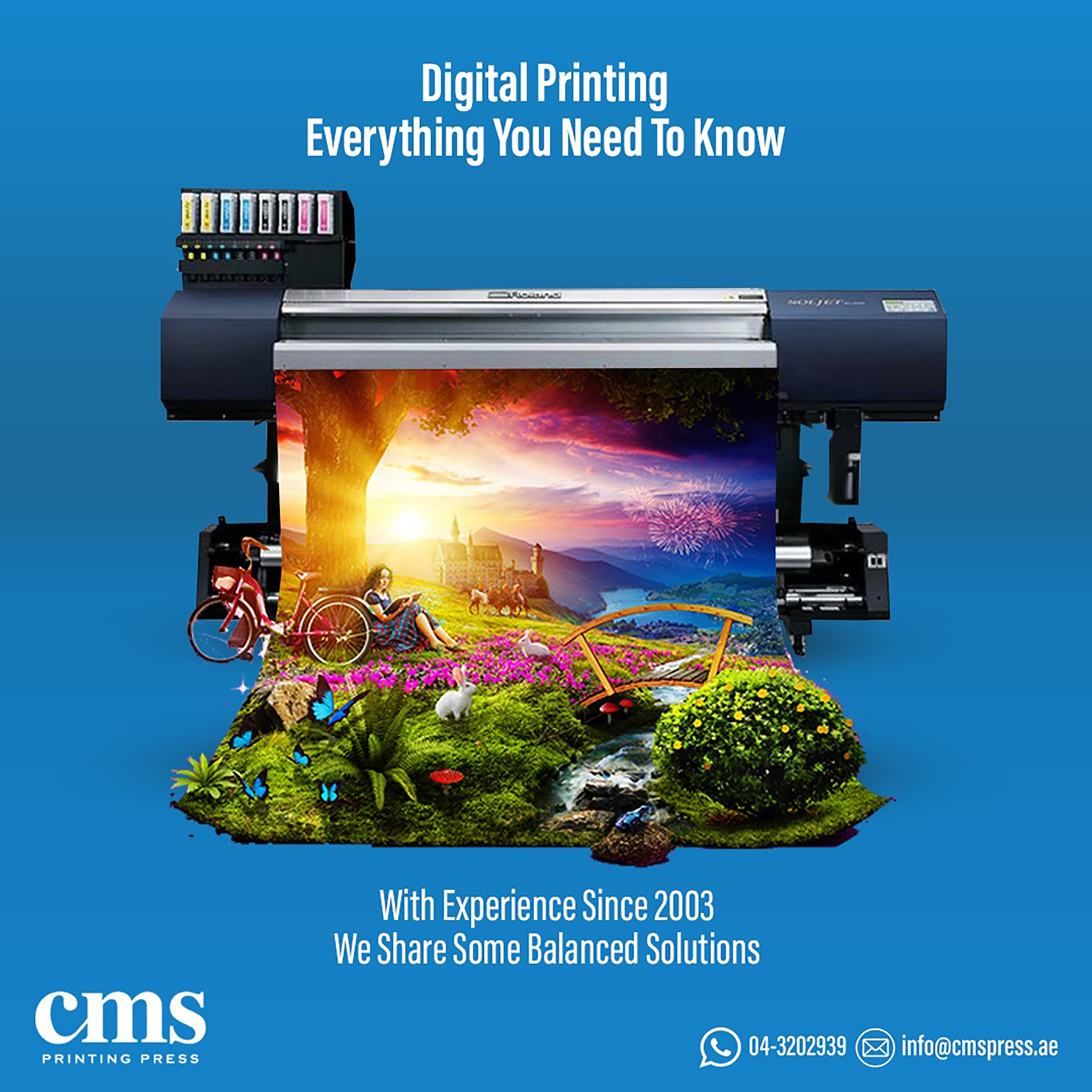Recurring revenue streams are more accessible now with print on demand models.
Recurring revenue streams are more accessible now with print on demand models.
Blog Article
Understanding Exactly How Digital Printing Reinvents the Printing Industry
The printing sector, long soaked in traditional methods, is undergoing a radical transformation with the development of electronic printing. With its possible to spur involvement through personalized content and to offer lasting options, it's clear that electronic printing is more than a technological development; it's an essential video game changer.
The Development of Digital Printing: A Brief Overview
Because its inception, electronic printing has actually undertaken considerable changes, constantly changing the printing sector. Its advancement started with the development of xerography in the mid-20th century, a procedure which laid the foundation for laser printers. With the introduction of the 90s, digital printing modern technology started to develop, and the industry observed the intro of direct imaging presses, which removed the demand for printing plates. As the new millennium unravelled, improvements in innovation further stimulated the growth of electronic printing, causing the creation of high-speed inkjet printers. These tools used exceptional top quality and rate, forever transforming the landscape of the industry. Today, electronic printing stands as a testament to human technology, constantly developing to fulfill the ever-changing requirements of the modern globe.

Unpacking the Modern Technology Behind Digital Printing
Exploring the complexities of electronic printing innovation, one encounters an abundant tapestry of sophisticated equipment and complicated algorithms. At the heart of this procedure lies an electronic picture, which is processed by software program that divides it right into a grid of dots. These dots are then exchanged an electronic code. This code is translated by the printer, which utilizes it to exactly transfer droplets of ink onto the substratum. The droplets are so tiny and accurate that they create a picture that is virtually equivalent from the original. This complex system, bolstered by sophisticated software and high-resolution imaging, has actually changed the landscape of the printing market, leading the means for extraordinary levels of information and accuracy.

The Advantages of Digital Printing for Businesses
Understanding the technology behind digital printing provides a clear picture of its accuracy and information. Electronic printing is ecologically friendly, using less ink and creating less see page waste. The full potential of electronic printing is understood when utilized for personalization and personalization, a topic that will be covered in depth in the following section.
The Role of Digital Printing in Customization and Personalization
While typical printing approaches deal with customization and personalization, electronic printing masters these areas. It permits the very easy change of styles, without the need for pricey and lengthy plate changes (print on demand). This enables organizations to tailor products to specific consumers, meeting specific demands and enhancing consumer contentment
Digital printing likewise enables variable data printing, where aspects such as text, graphics, and pictures might be changed from one printed item to the next, without reducing the printing process. This Website is especially beneficial for direct advertising and marketing campaigns, where individualized messaging can significantly improve action rates. In this means, electronic printing not only reinvents the printing sector but also transforms the means organizations communicate with their consumers.
Evaluating the Environmental Impact of Digital Printing
Although electronic printing has been admired for its duty in modification and personalization, it is important to examine its ecological effect. Digital printing can be much less inefficient than conventional methods, due to the fact that it runs on a 'print on demand' basis, removing the requirement for large print runs that can result in excess and waste. While digital printing has many benefits, its environmental influence should be diligently handled.
Conclusion
In conclusion, digital printing has changed the printing market, supplying quick, cost-effective, and high-quality services - print on demand. Recognizing these changes is critical for companies to leverage redirected here the advantages of electronic printing efficiently.
Report this page